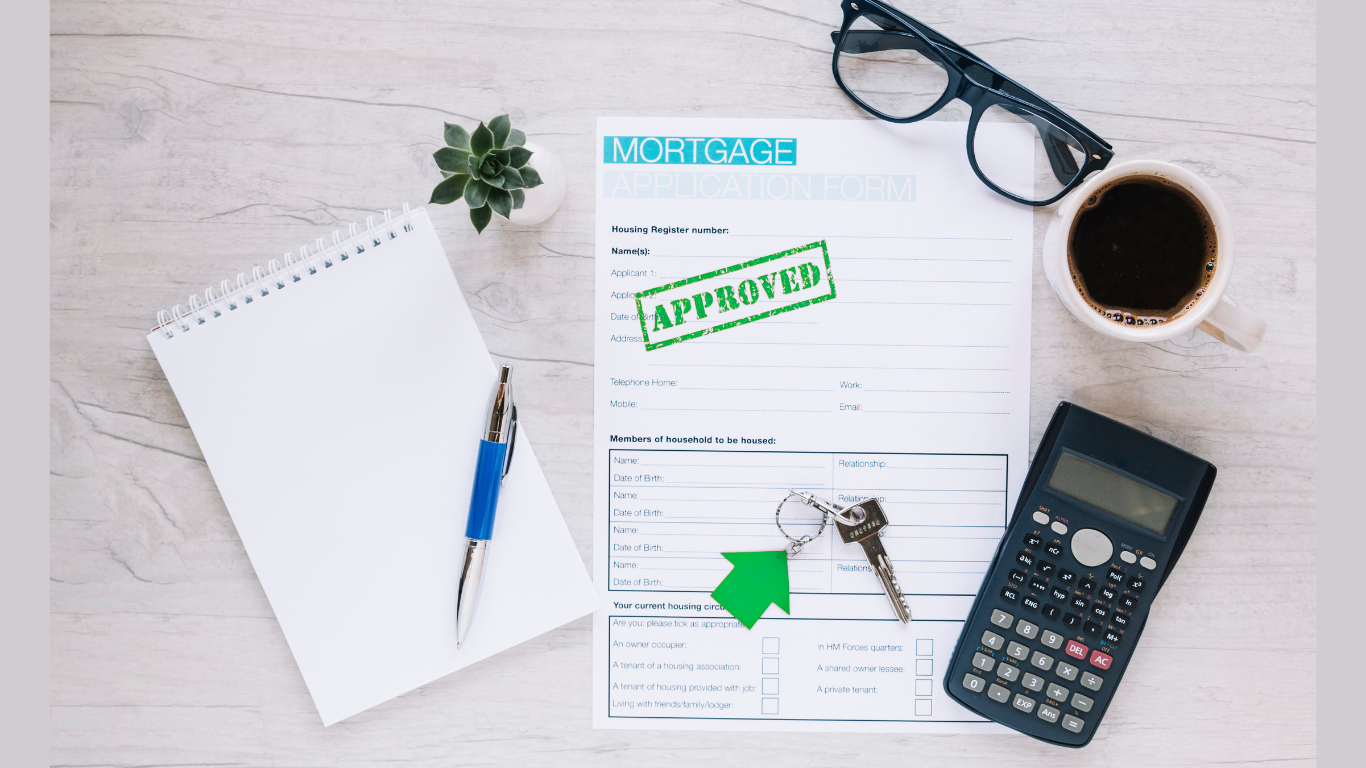A polished invoice does more than just request payment, it reinforces your brand, fosters trust, and supports healthy cash flow. Whether you’re a freelancer, small business owner, or part of a growing team, ensuring your invoices are clear and timely can directly influence how fast you get paid and how clients perceive your business.
Despite how simple it may seem, many professionals make small invoicing errors that result in delays, missed payments, or disputes. By refining your approach and using the right tools, you can build a billing process that’s consistent, accurate, and efficient for both parties involved.
Use Branded and Organized Templates
First impressions count, even in billing. Your invoice should reflect the same professionalism as your services. That means using a clean, easy-to-read layout with your business name, logo, and contact information clearly displayed. A well-branded invoice enhances credibility and makes it easier for clients to recognize your documents.
Keep formatting consistent from one invoice to the next so clients can process them quickly without hunting for key details.
If you’re still creating invoices manually, it might be time to automate the process. You can sign up in minutes and try out online invoicing software that streamlines creation, sends reminders, and helps you avoid formatting mistakes altogether. Consistency builds trust, and trust supports timely payments. Using a standardized template ensures that every client receives the same high-quality communication, no matter the size of the job.
Set Clear Payment Terms Up Front
One of the biggest reasons for delayed payments is a lack of clarity. Always outline payment terms in advance, both on your invoices and in your initial client agreement. Are you expecting payment within 15 days? Spell it out plainly to avoid confusion later.
Your invoice should specify accepted payment methods, bank transfer, credit card, PayPal, check, etc., as well as who to contact in case of billing questions. Adding brief payment instructions directly to the invoice can reduce friction and save time on both sides.
Keep Descriptions Accurate and Detailed
General or vague descriptions can raise questions and slow down the approval process. Instead of writing “Web Design Services,” be specific: “Redesign of 5-page website including homepage, services, and contact page with responsive mobile layout.”
Include quantities, rates, and subtotals for each item or service. This level of detail leaves no room for misinterpretation and helps clients validate charges more quickly. It serves as a reference if there’s ever a disagreement about scope or pricing.
Automate Reminders and Follow-Ups
No one likes chasing payments, but it’s a necessary part of running a business. Modern invoicing tools allow you to automate this task without seeming pushy. You can schedule reminder emails a few days before a payment is due, followed by gentle nudges at regular intervals after the due date.
This consistent communication keeps your invoice at the top of the client’s inbox and shows that you take payment seriously without needing to send personalized messages every time.
Track Invoices and Payments Regularly
If you’re not tracking which invoices are outstanding, overdue, or paid, you’re flying blind. Implement a tracking system to keep tabs on all invoices sent. This could be a spreadsheet or, better yet, a built-in dashboard in your invoicing platform that shows real-time payment status.
Review this data weekly to identify trends. Are certain types of projects harder to collect on? Use these insights to adjust your terms, pricing structure, or client onboarding process accordingly.

Maintain a Professional Tone Throughout
Your invoice is a reflection of your business tone and standards. Use professional language throughout, even when sending payment reminders. Phrases like “Thank you for your business” or “We appreciate your timely payment” go a long way in maintaining goodwill.
Avoid using all caps, vague terms, or emotional language in your follow-ups. Keep communication clear, factual, and respectful. It’s better to prompt clients with clarity than to chase them with frustration.
Getting paid shouldn’t be a struggle. By making your invoices clear, professional, and prompt, you encourage clients to pay you quickly and with confidence. With the right format, consistent communication, and smart use of automation tools, invoicing can become one of the easiest parts of running your business. Taking the time to refine your process today means less chasing, fewer delays, and healthier cash flow tomorrow.
Article received via email






























